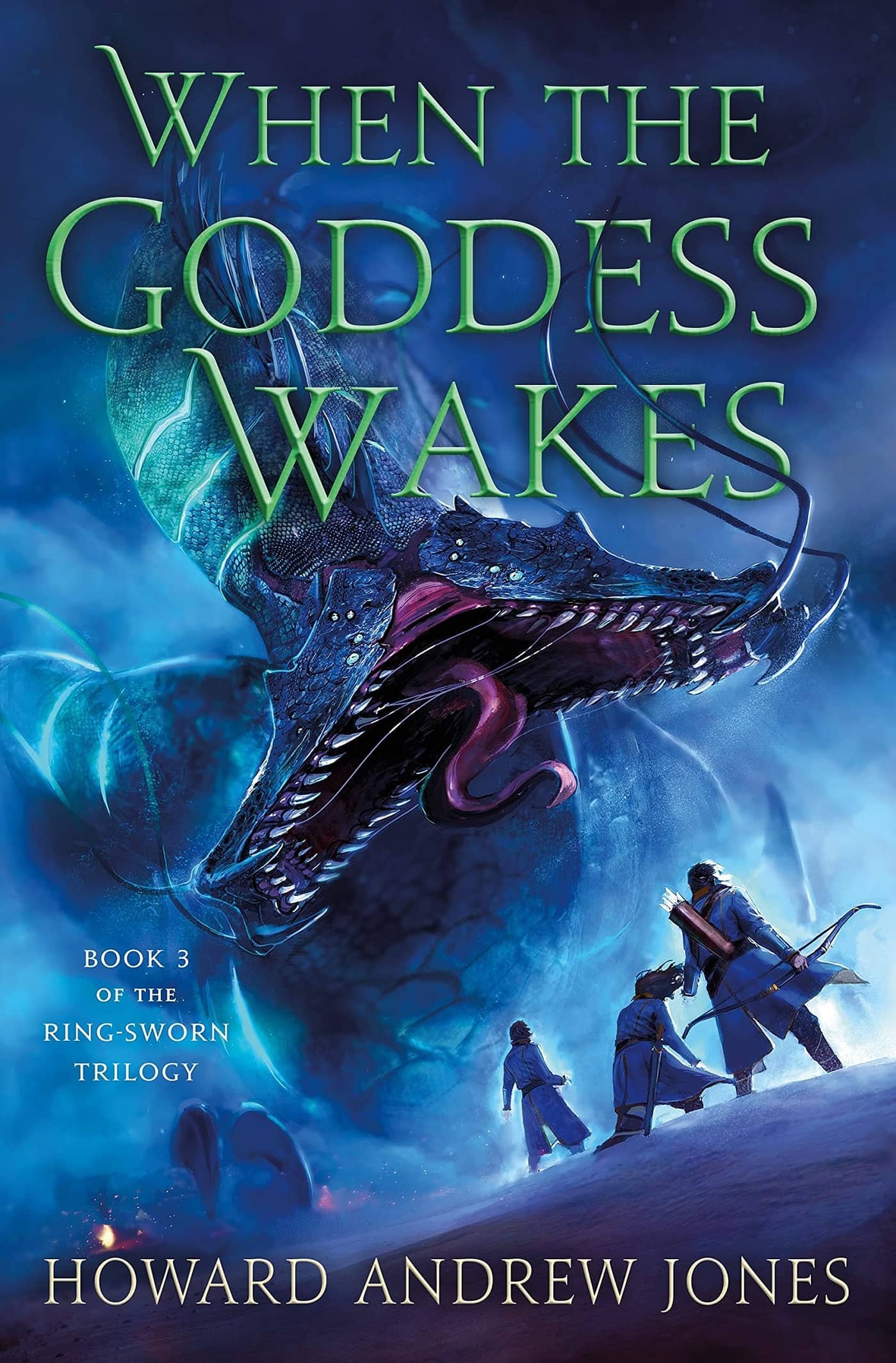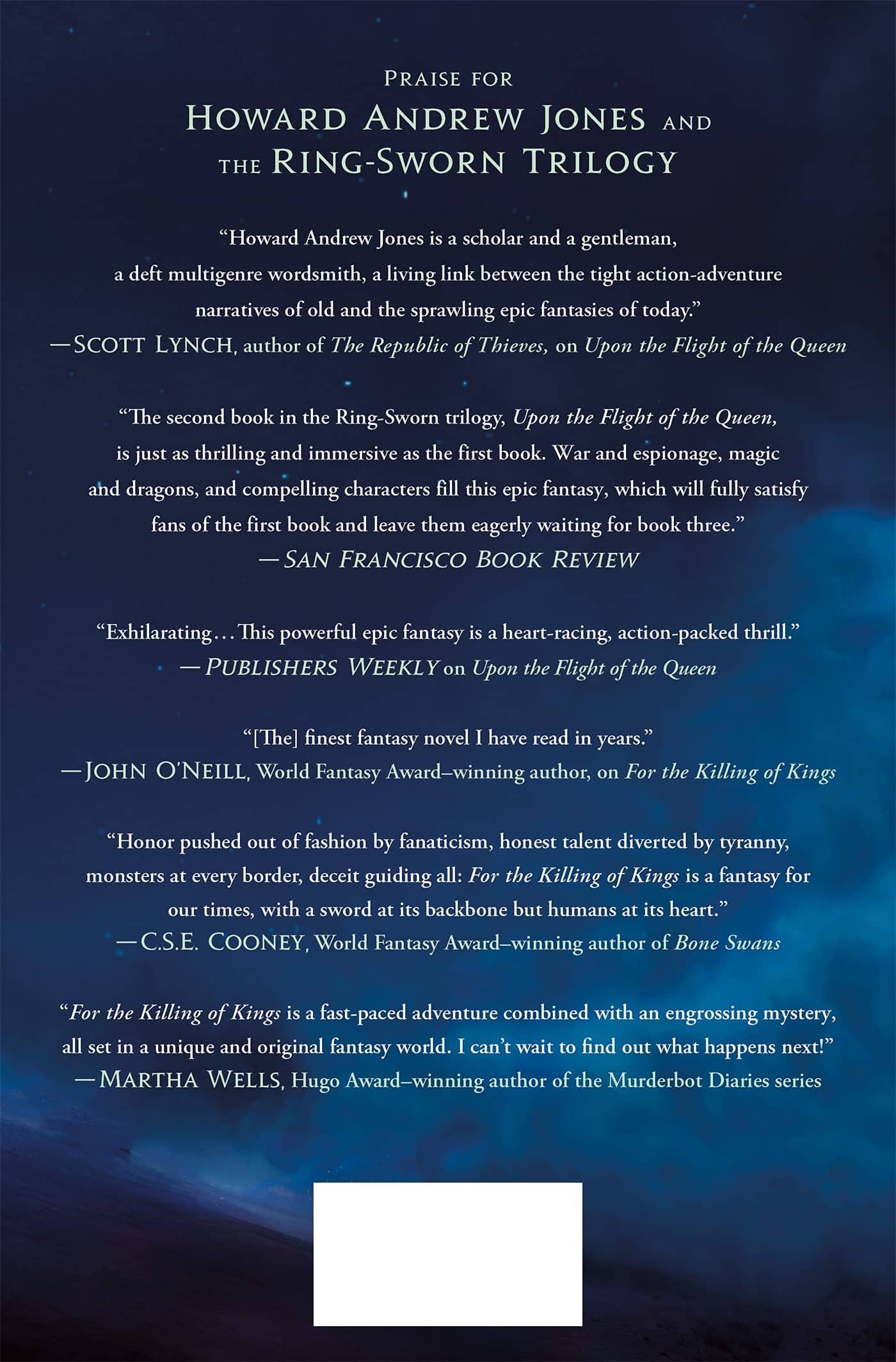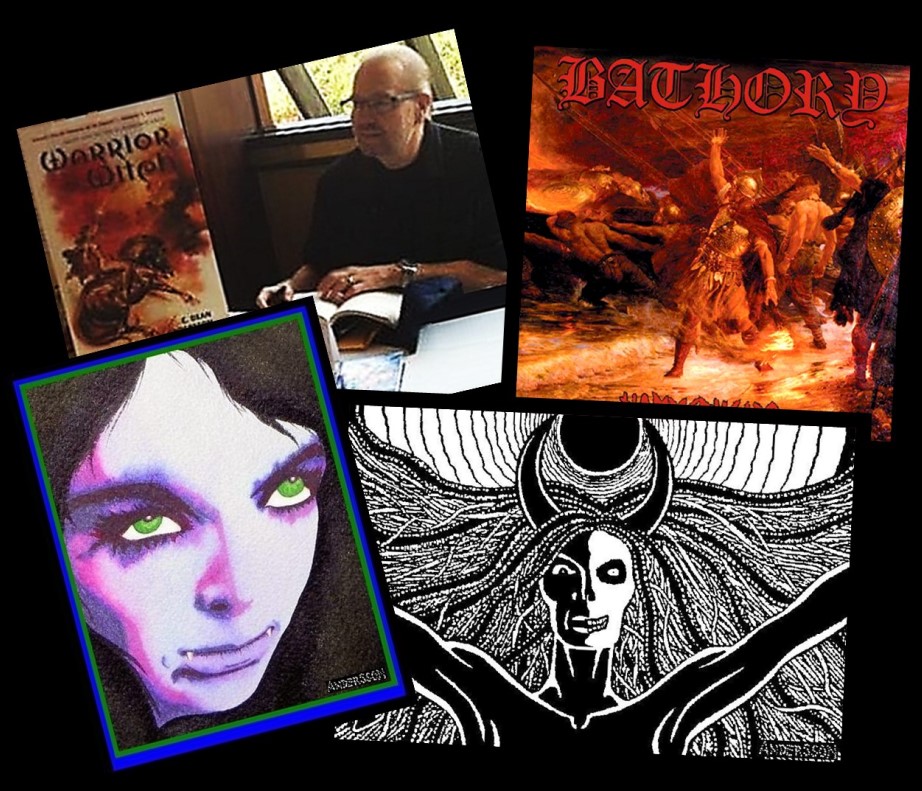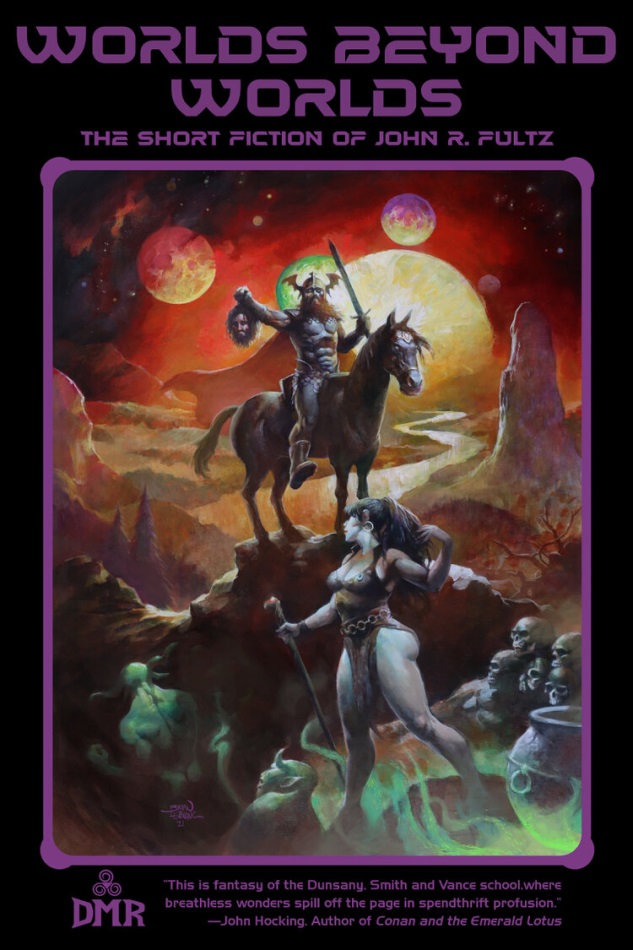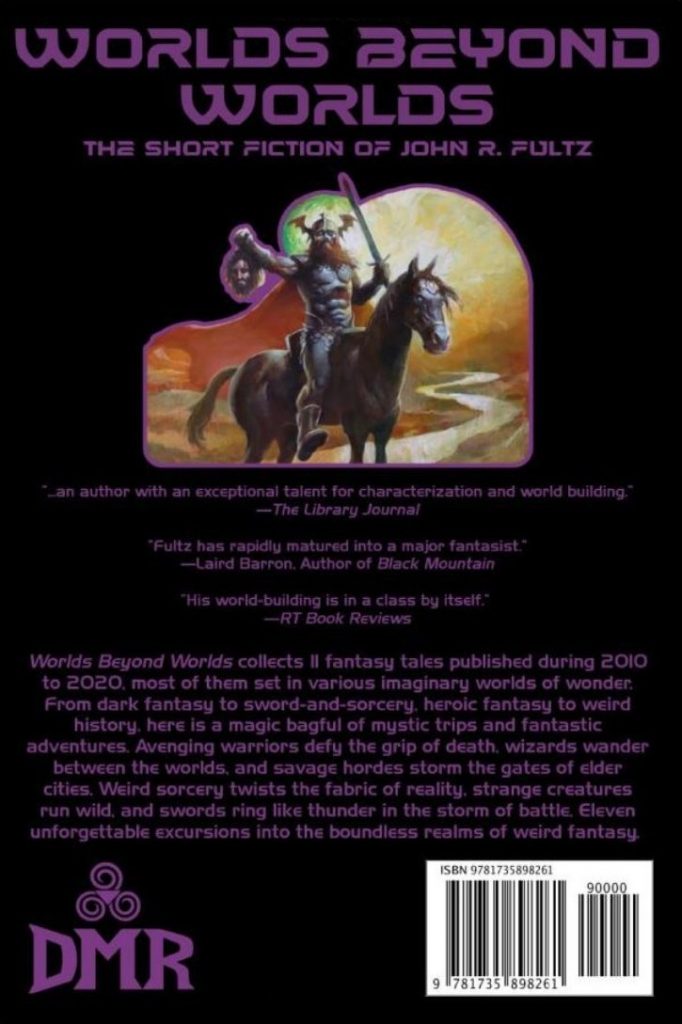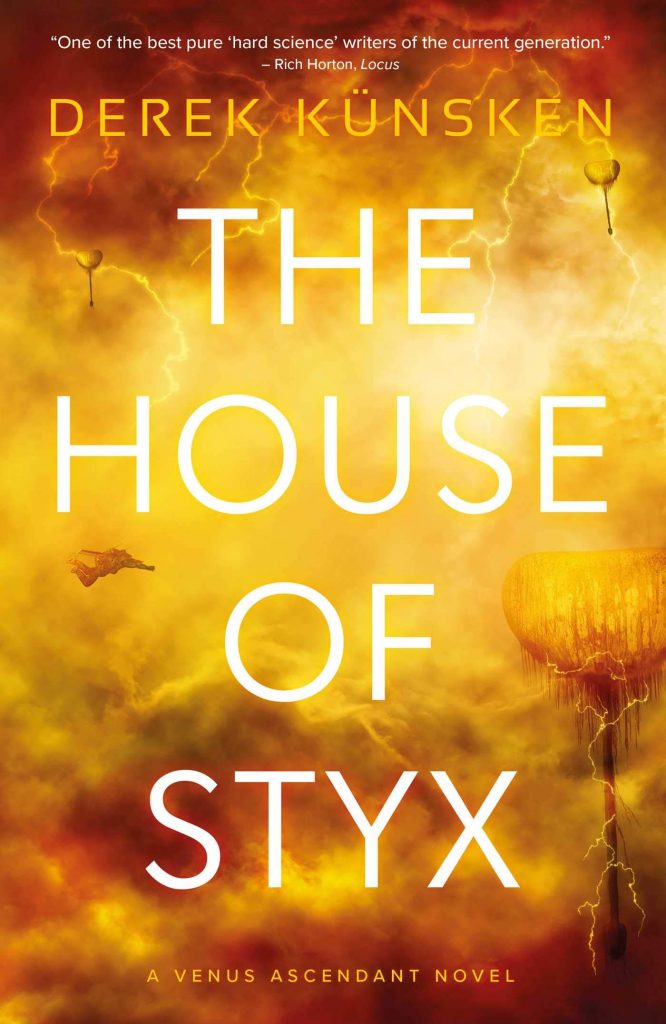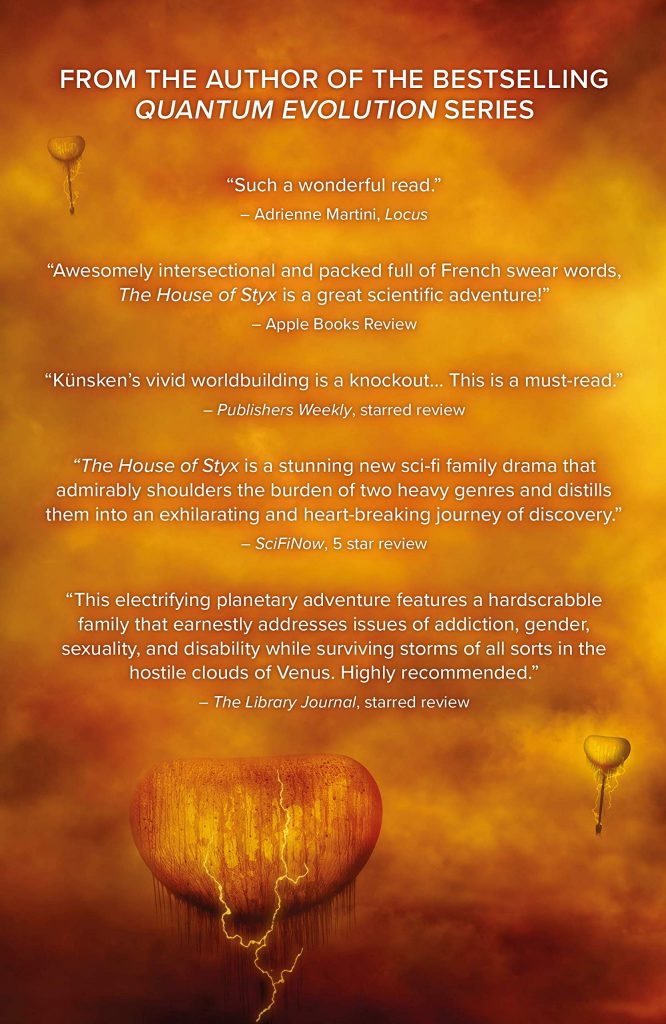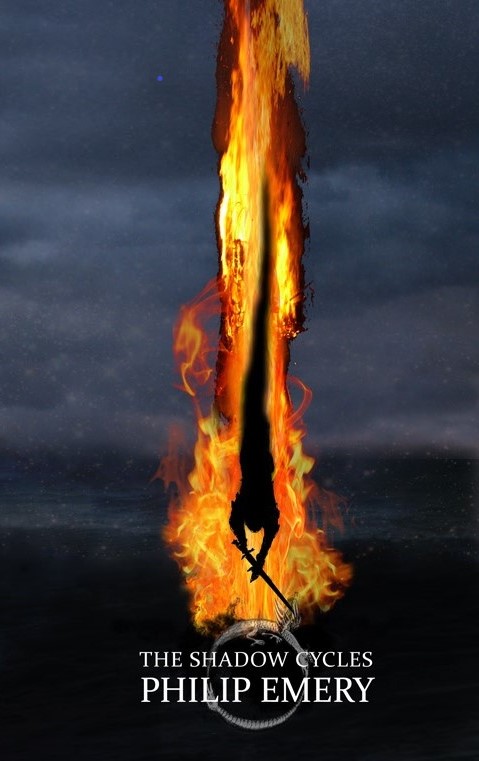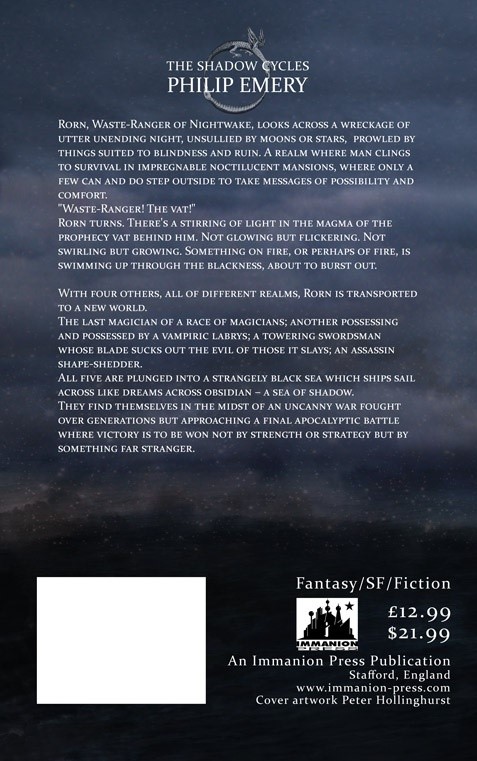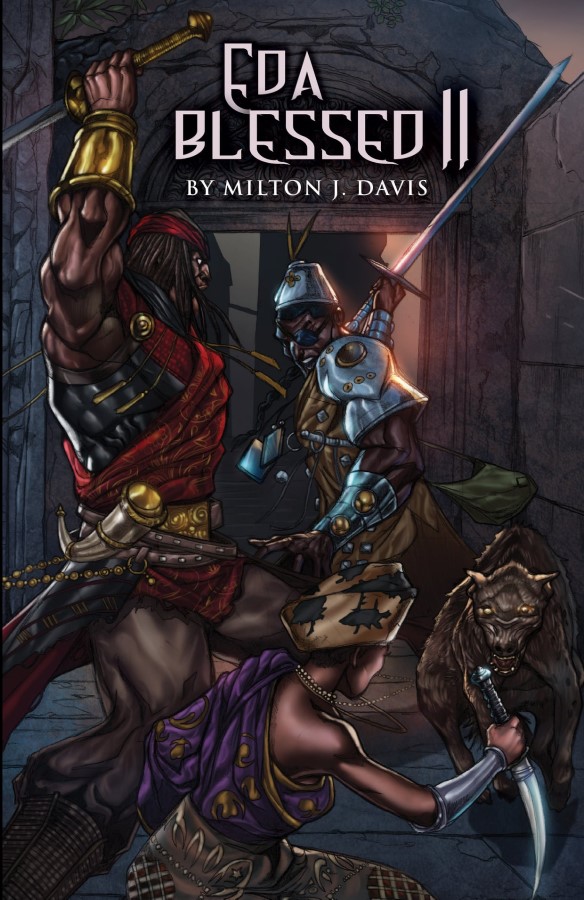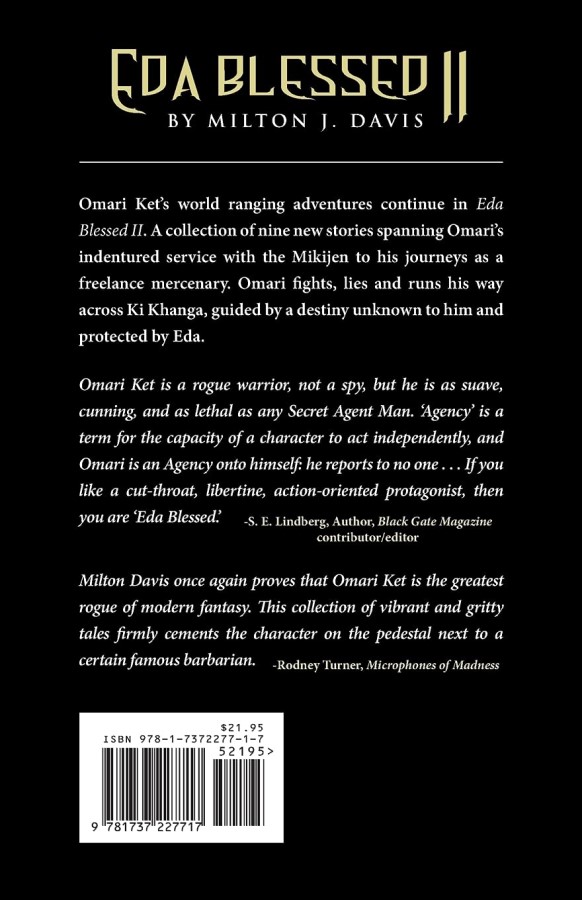Sublime, Cruel Beauty: An Interview with Jason Ray Carney

Art & Beauty in Weird/Fantasy Fiction
It is not intuitive to seek beauty in art deemed grotesque/weird, but most authors who produce horror/fantasy actually are usually (a) serious about their craft, and (b) driven by strange muses. To help reveal divine mysteries passed through artists, this interview series engages contemporary authors on the theme of “Art & Beauty in Weird/Fantasy Fiction.” Recent guests on Black Gate have included Darrell Schweitzer, Sebastian Jones, Charles Gramlich, Anna Smith Spark, & Carol Berg. See the full list of interviews at the end of this post.
This one features Jason Ray Carney who is rapidly becoming everpresent across Weird Fiction and Sword & Sorcery communities (in fact you can probably corner him in the Whetstone S&S Tavern (hosted on Discord)). By day, he is a Lecturer in Popular Literature at Christopher Newport University. He is the author of the academic book, Weird Tales of Modernity (McFarland), and the fantasy anthology, Rakefire and Other Stories (Pulp Hero Press, reviewed on Black Gate). He recently edited Savage Scrolls: Thrilling Tales of Sword and Sorcery for Pulp Hero Press and is an editor at The Dark Man: Journal of Robert E. Howard and Pulp Studies, for Whetstone: Amateur Magazine of Sword and Sorcery and for Witch House Magazine: Amateur Magazine of Cosmic Horror. Incidentally, Jason Ray Carney has also contributed here at Black Gate with a post on Robert E. Howard’s Bran Mak Morn character and musings on How Sword & Sorcery Brings Us Life.
